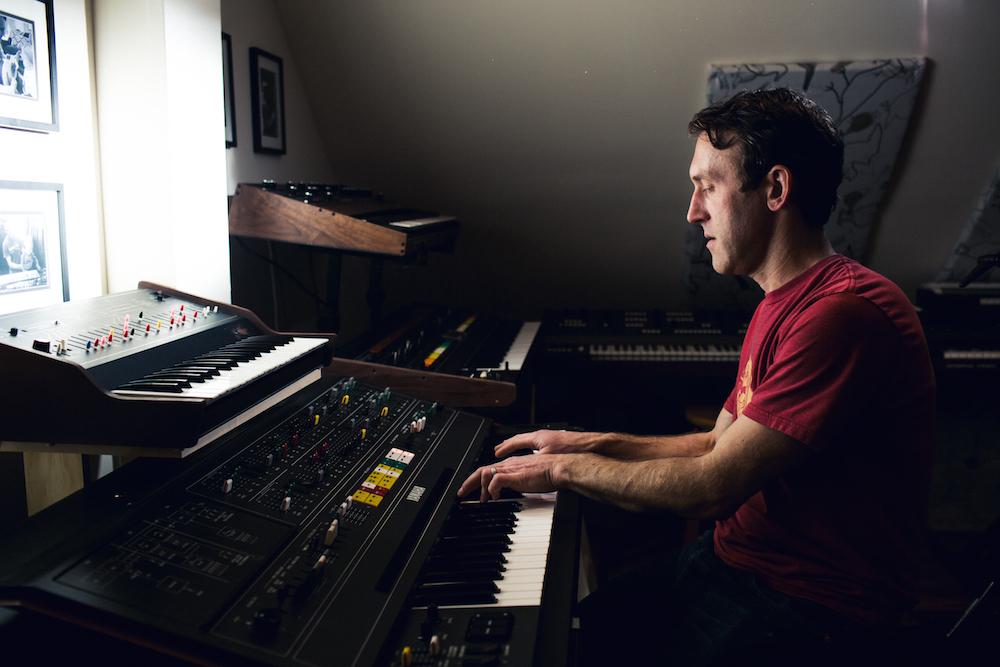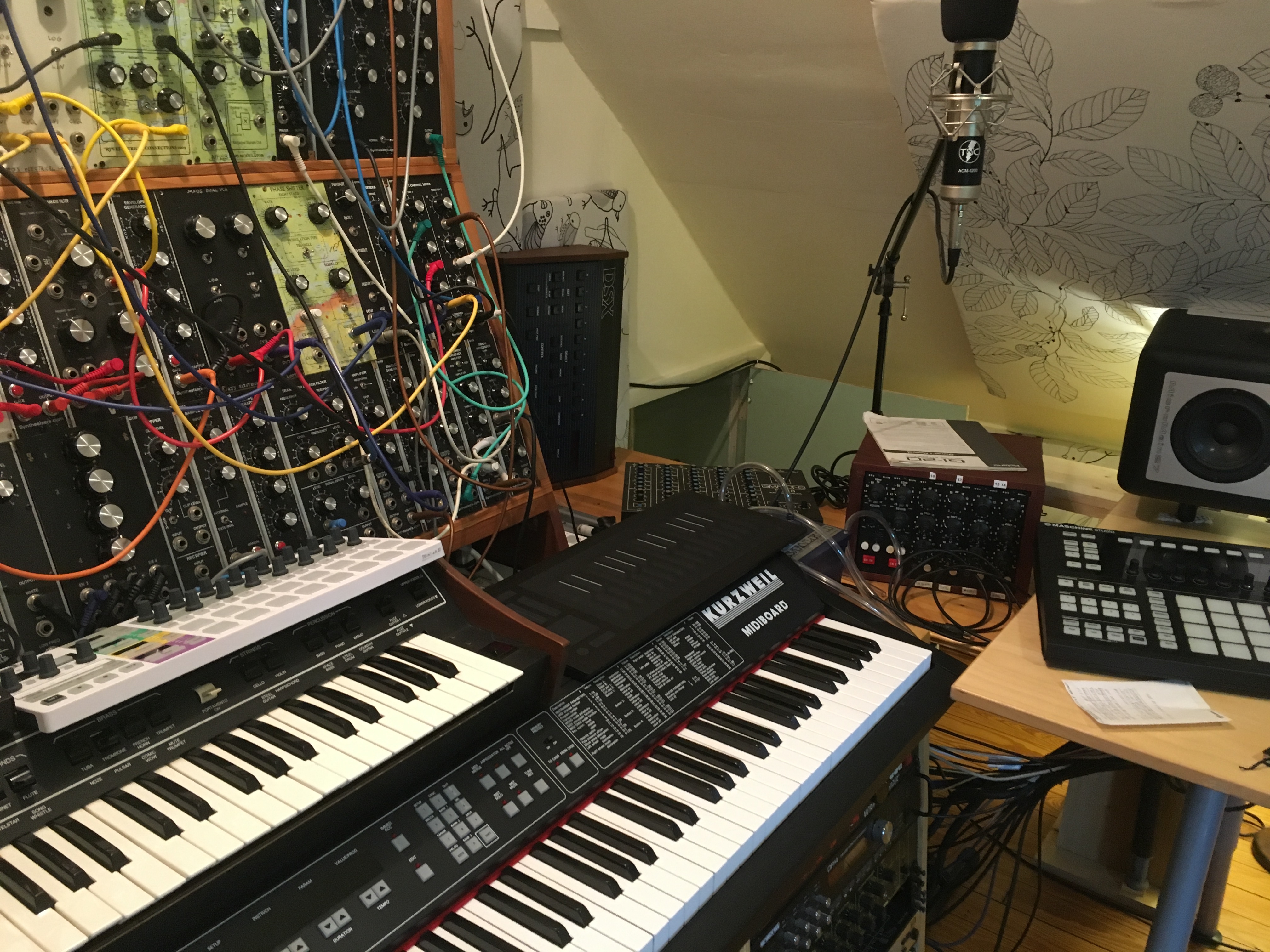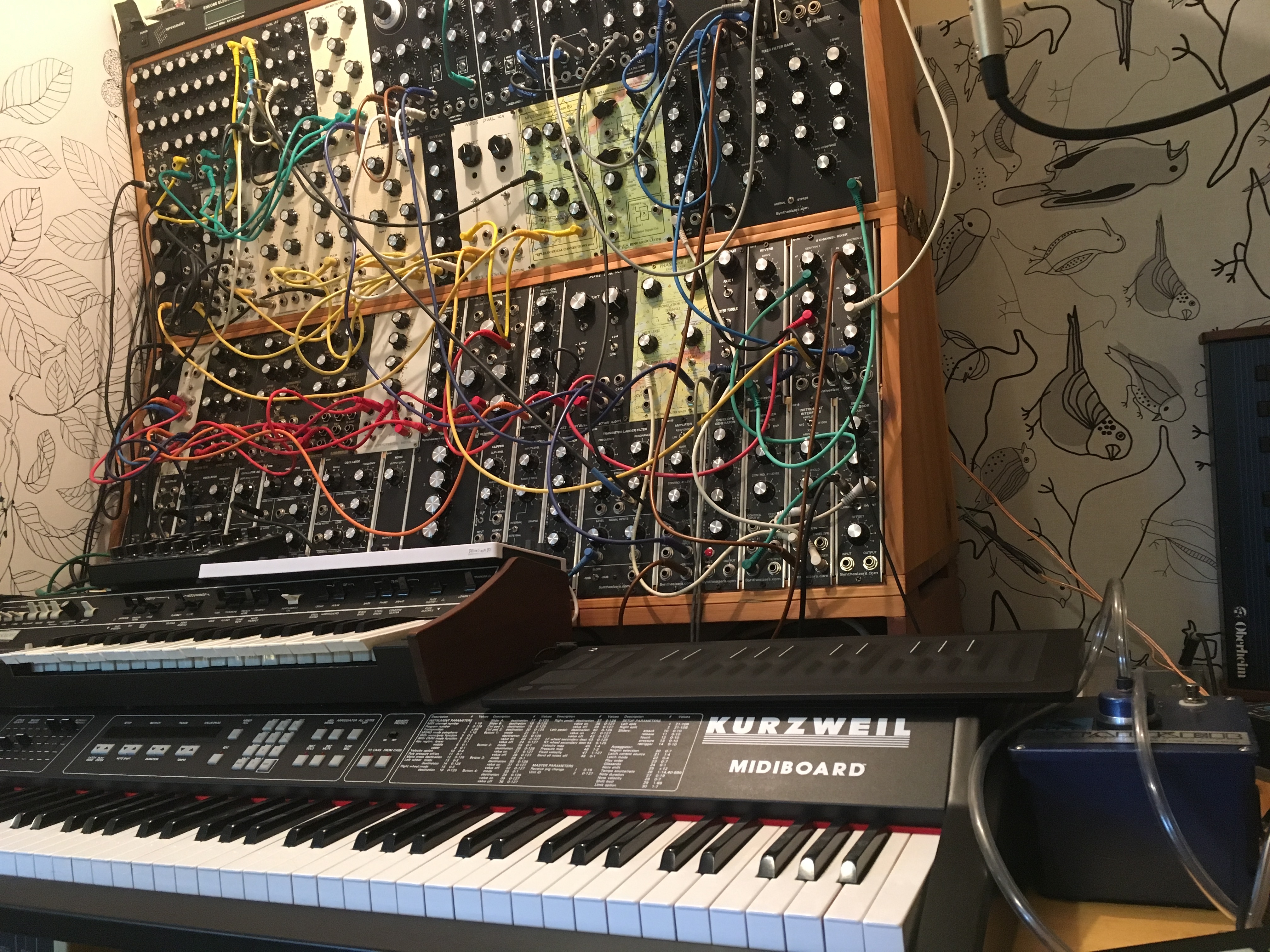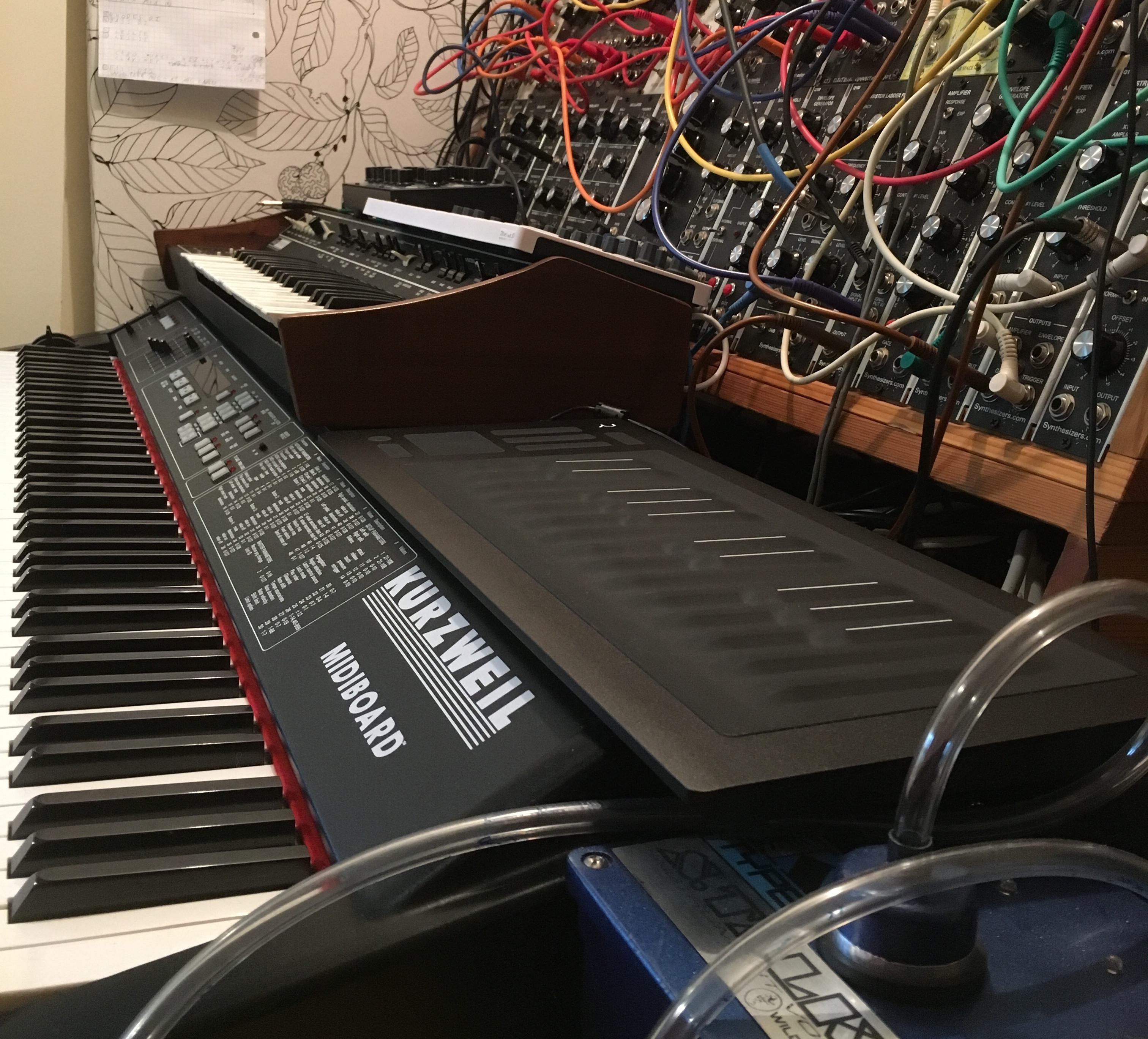My Studio: RJD2
Step into the studio based in Colombus, Ohio
In our ‘My Studio’ series we enter the studios of some of the world's top music producers. We caught up with songwriter, DJ, producer and Seaboard RISE 25 creator Ramble Jon Krohn aka RJD2 to explore his home studio in Columbus, Ohio. RJD2’s albums, like the 2002 debut Deadringer, are renowned for a genre-bending sound that has been called 'instrumental hip-hop'. His song ‘A Beautiful Mine’ is the theme song for the Emmy-Award winning TV series Mad Men.

Tell us about about an exciting project you’re working on in your studio right now. What tools are you using for it?
I'm currently working on a new batch of beats for several artists who have records in the making. I'm always using the usual suspects (Pro Tools, MPC), as well as anything that might make its way into the mix — the modular, analog synths, the Seaboard, who knows!
What was your first instrument or musical gear?
The first instrument I really settled on was guitar. I played avidly from the age of 10 to 18 and then put it down for a long stretch and picked it back up in the early 2000s along with some other instruments.
Any items in your studio that have a memorable story?
The Yamaha CS-80 that I sourced in Akron, Ohio around 2008. It took a long time to find an affordable one. As I was driving it back to Philadelphia the smell permeated the car in a strange way. I could tell it was the start of an undertaking. I put a good 40 or so hours into restoring it.

RJD2's studio is packed with a collection of MIDI controllers from past and present. Pad controllers such as Native Instrument's Maschine Studio sit alongside vintage keyboards like the Kurzweil MIDIBoard.
What were your reasons for getting a Seaboard RISE 25?
The C-S80 and the ARP Pro-Soloist really made me fall in love with keyboard aftertouch. I prefer it vastly over a mod wheel. The idea of the expressive nature of aftertouch in a new, unique device was just too intriguing to me.
What’s your typical setup with your Seaboard? What pieces of hardware and software do you most often use with it?
I use it mostly in conjunction with my modular synth, but I have it feeding into my Pro Tools rig, and then on to an Encore Expressionist midi-CV converter, so it can read the aftertouch data and send it to any synth that receives CV. It's pretty damn fun.

A four-voice custom modular synth towers over RJD2's other gear. The synth, which can be played polyphonically or monophonically, took RJD2 over 100 hours to construct by hand.
Is the Seaboard adding something to your work? If so, what is it doing and how is that helpful?
It is. One of the main benefits I get out of it is the way the entire surface responds to touch. It gives me a controller that leads you to do things you normally couldn't with any another controller.
Tell us a little about the daily routine in your studio.
It depends on whether I am in an album cycle or not, but usually, I'm working on a fre. I usually hit the studio around 10am, break for lunch, and knock off around 4pm. I might get back to work after putting my son to bed around 8:30pm.

The cutting-edge Seaboard RISE 25 takes pride of place alongside vintage MIDI keyboards in the studio.
Do you see your studio having more gear or less gear in coming years?
The same — I'm good with exactly what I have right now! The gear lust thing has largely left me.
Follow RJD2 on Twitter or Soundcloud. Visit his website here.
Photo Credits: Nick Fancher & RJD2
Listen to the Sheboygan Left from RJD2's latest album Dame Fortune:
Join the ROLI community